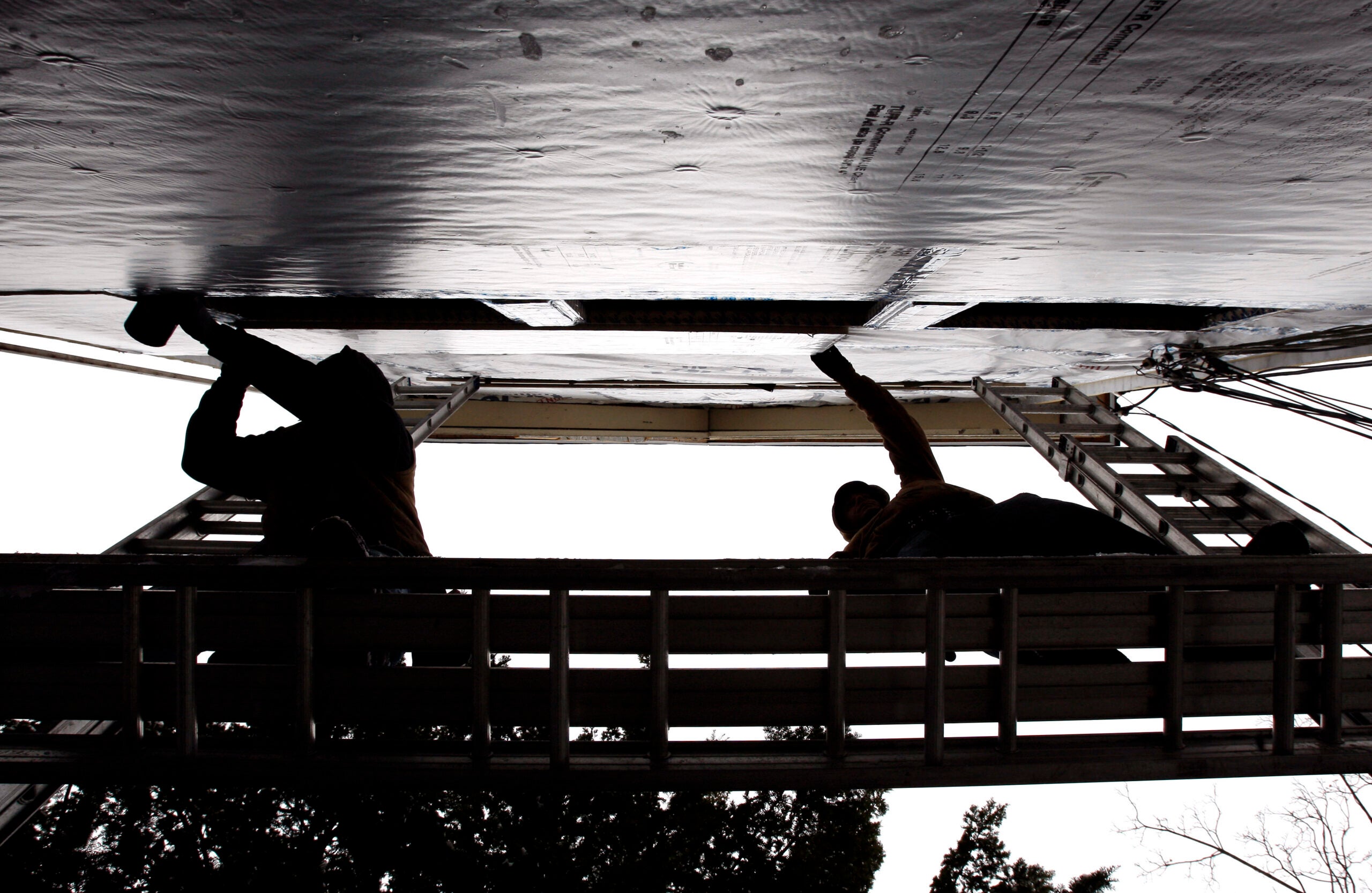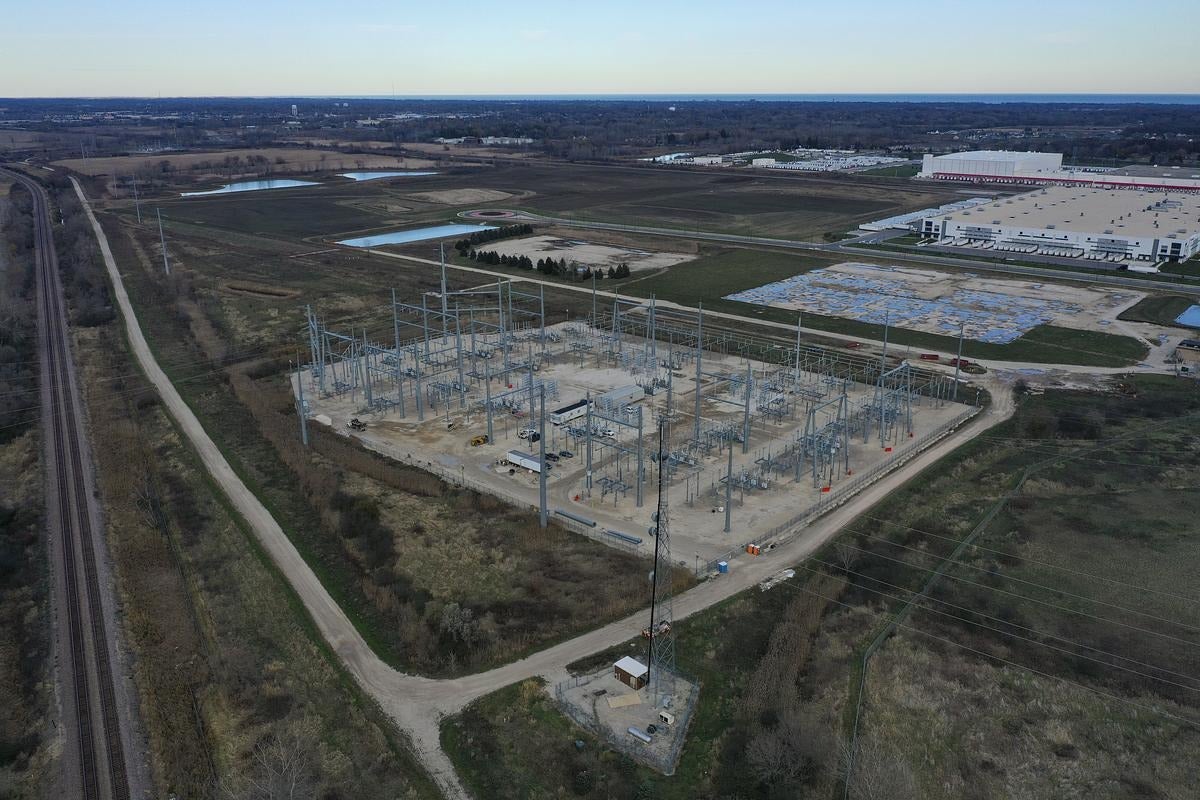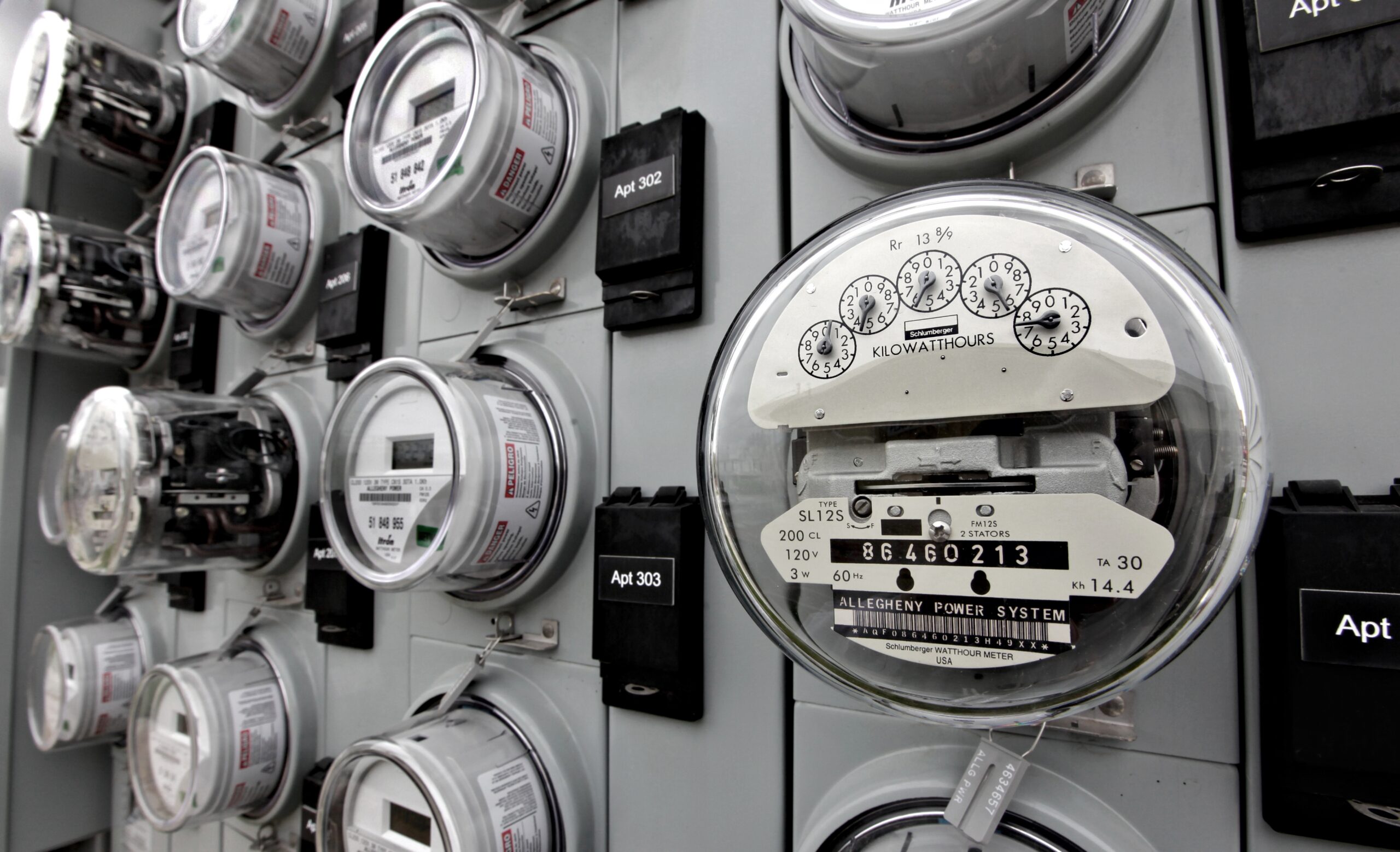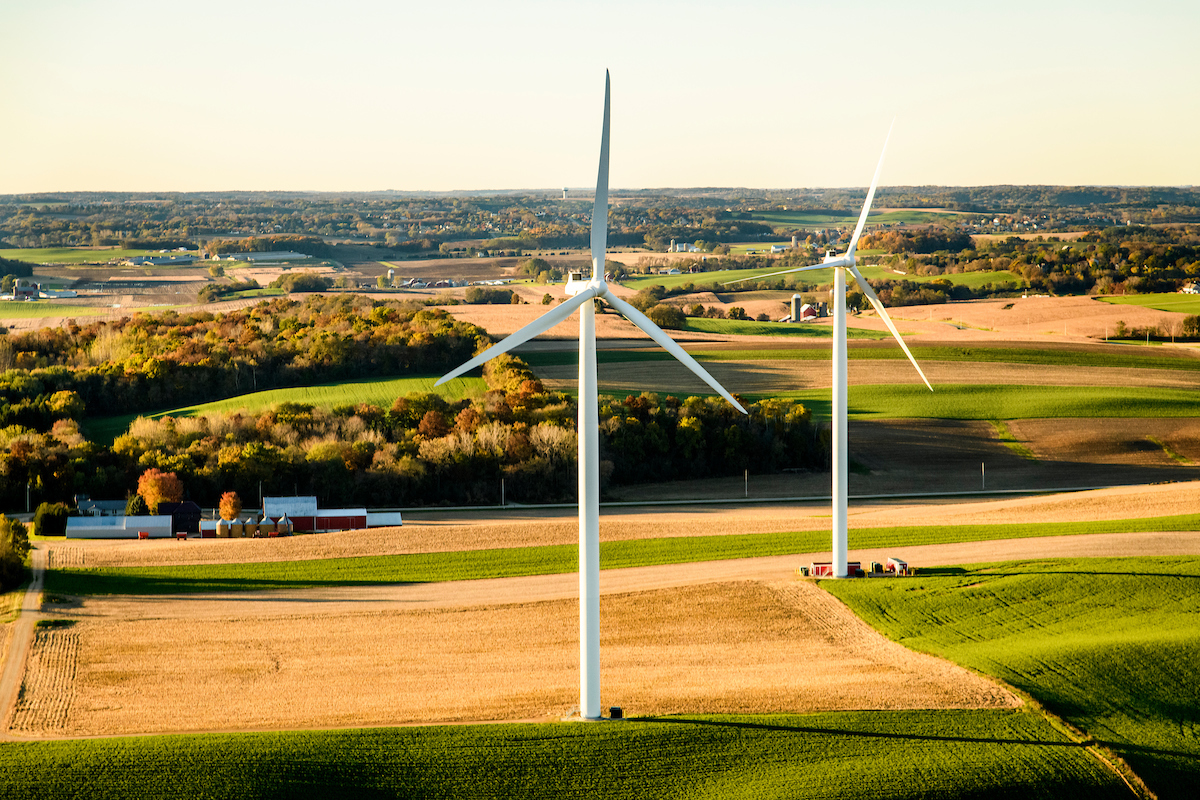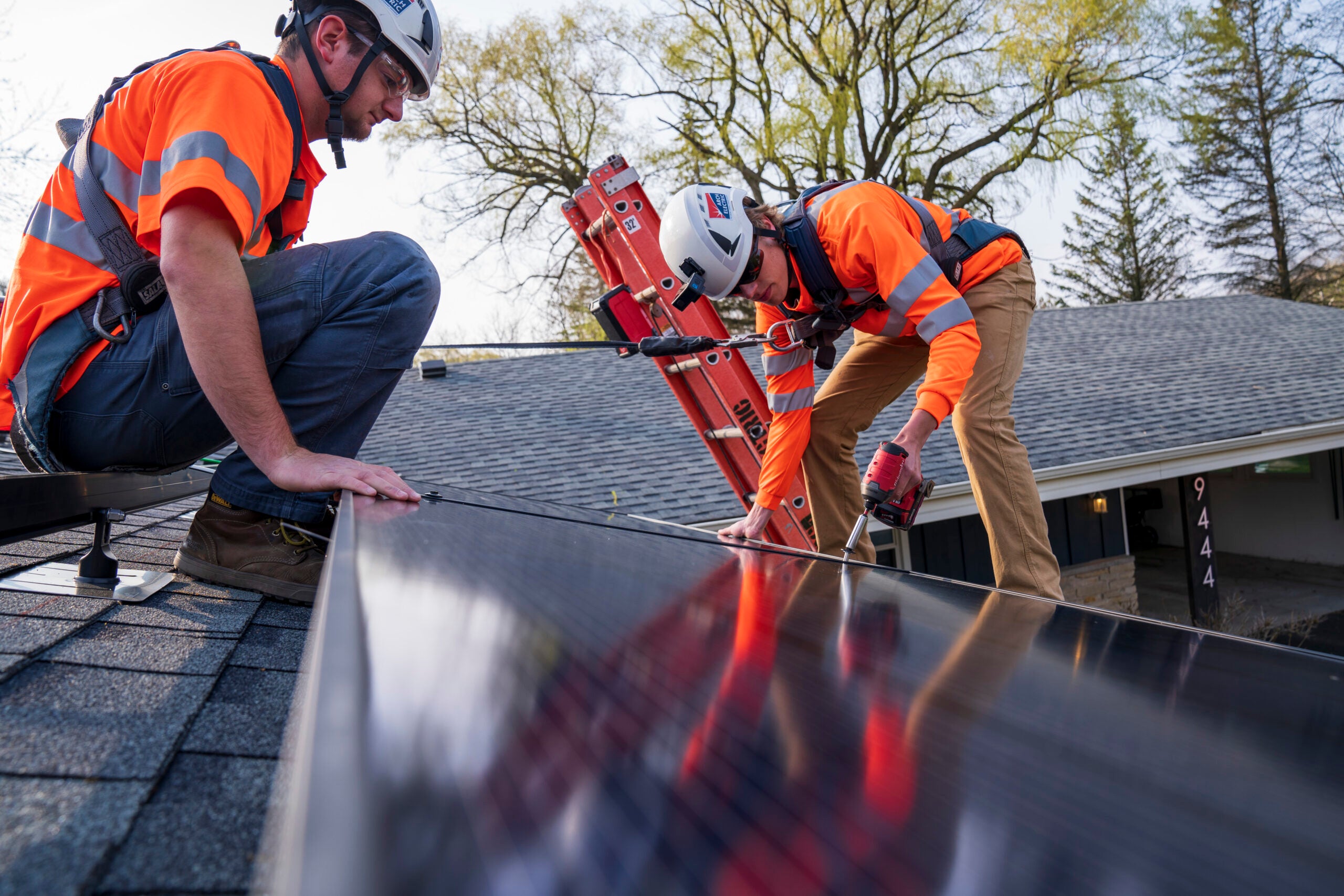Wisconsin became the first state in the country this month to launch one of two federally-funded energy rebate programs that will help households save money on energy efficiency upgrades.
The Home Efficiency Rebates, or HOMES, program offers rebates for energy-efficient home improvements like insulation or more efficient heating and cooling equipment. The size of the rebates are determined by a household’s income level and projected savings.
Another program, Home Electrification and Appliance Rebates, or HEAR, will launch later this year aimed at helping low- to moderate-income households save money on energy upgrades. Both HOMES and HEAR will be administered by Focus on Energy, which has a digital tool to help customers calculate savings.
News with a little more humanity
WPR’s “Wisconsin Today” newsletter keeps you connected to the state you love without feeling overwhelmed. No paywall. No agenda. No corporate filter.
The U.S. Department of Energy estimates the programs will help families across the country save roughly $1 billion annually and support 50,000 domestic jobs. The agency says Wisconsin is slated to receive $149 million from the Inflation Reduction Act, or IRA, for both programs.
That’s just a fraction of the federal dollars to come into Wisconsin since 2021. A White House official told reporters that $7 billion in federal investment under the Biden administration had been allocated to Wisconsin.
Wisconsin is the first state in the country to launch the HOMES program, while New York was the first to launch the HEAR program.
“Wisconsin is leading the pack of states building up their local workforce and keeping money in the pockets of their residents, all thanks to the Investing in America agenda,” said U.S. Energy Secretary Jennifer Granholm in a statement.
The HOMES program requires households to complete an energy assessment. Low income households will be eligible for a rebate to cover part of the cost of the energy assessment.
For single-family homes, the Energy Department says rebates will range from $10,000 for families making less than 80 percent of their area’s median income, $4,000 for those making between 80 and 150 percent of the median income and $3,000 for those making 150 percent or more.
The Department of Energy said multifamily properties are also eligible. Officials said rental units with low-income tenants are eligible for up to $10,000 in rebates, depending on estimated energy reductions.
Dan Fenner, project manager for West Allis insulation contractor Green Homeowners United, said the HOMES rebate will allow the company to insulate some lower-income homes “for free,” especially when combined with pre-existing state programs.
“It’s just awesome because it lets me help low income people get absolutely no-cost work or low-cost work,” he said. “If we can reduce the household energy usage by 20 percent or more, and you’re on the lower tier of income, that gives us a $5,000 rebate, which stacks with Focus on Energy state rebates and allows us to do really cheap work for people who need it the most.”
While the HOMES program came online in early August, the HEAR program is expected to come online in the fall. It will offer rebates for things like electric heat pumps, insulation, air sealing and ventilation, as well as electric stoves, cooktops, ranges and ovens, according to Focus on Energy.
“That program is instant discounts for the installation of electrified appliances and equipment in the household,” said Summer Strand, chair of the state Public Service Commission. “I think that’s a very kind of granular example of the role the IRA is playing in the clean energy transition.”
She also said Focus on Energy’s state-funded programs are available only to participating utilities, while the Inflation Reduction Act programs are available to all Wisconsinites.
She said both the state and federal energy efficiency programs are meant to complement each other.
“People participating in the new HOMES program will also be encouraged to pursue other related offerings through Focus,” she said. “We have developed in the administration of this program a simplified application process, so that there’s a more seamless rebate experience, and then also that rebates can be stacked with other incentives.”
Strand also said she believes the Inflation Reduction Act is a “once in a lifetime” investment that incentivizes the clean energy transition, both for utilities and consumers.
Beyond rebates, the legislation includes provisions offering tax credits to businesses and homeowners for investments in things like rooftop solar panels, electric vehicles or energy efficiency upgrades. Tax-exempt entities, like nonprofits and local governments, are also eligible for direct payments instead of tax credits for those investments.
“Those programs specifically allow customers to play a more active role, or give them the tools to participate from that household or customer level in the clean energy transition,” Strand said. “It allows them to think and learn more about energy literacy and how they do have an active role in that process, and also about their energy usage.”
Wisconsin Public Radio, © Copyright 2025, Board of Regents of the University of Wisconsin System and Wisconsin Educational Communications Board.

